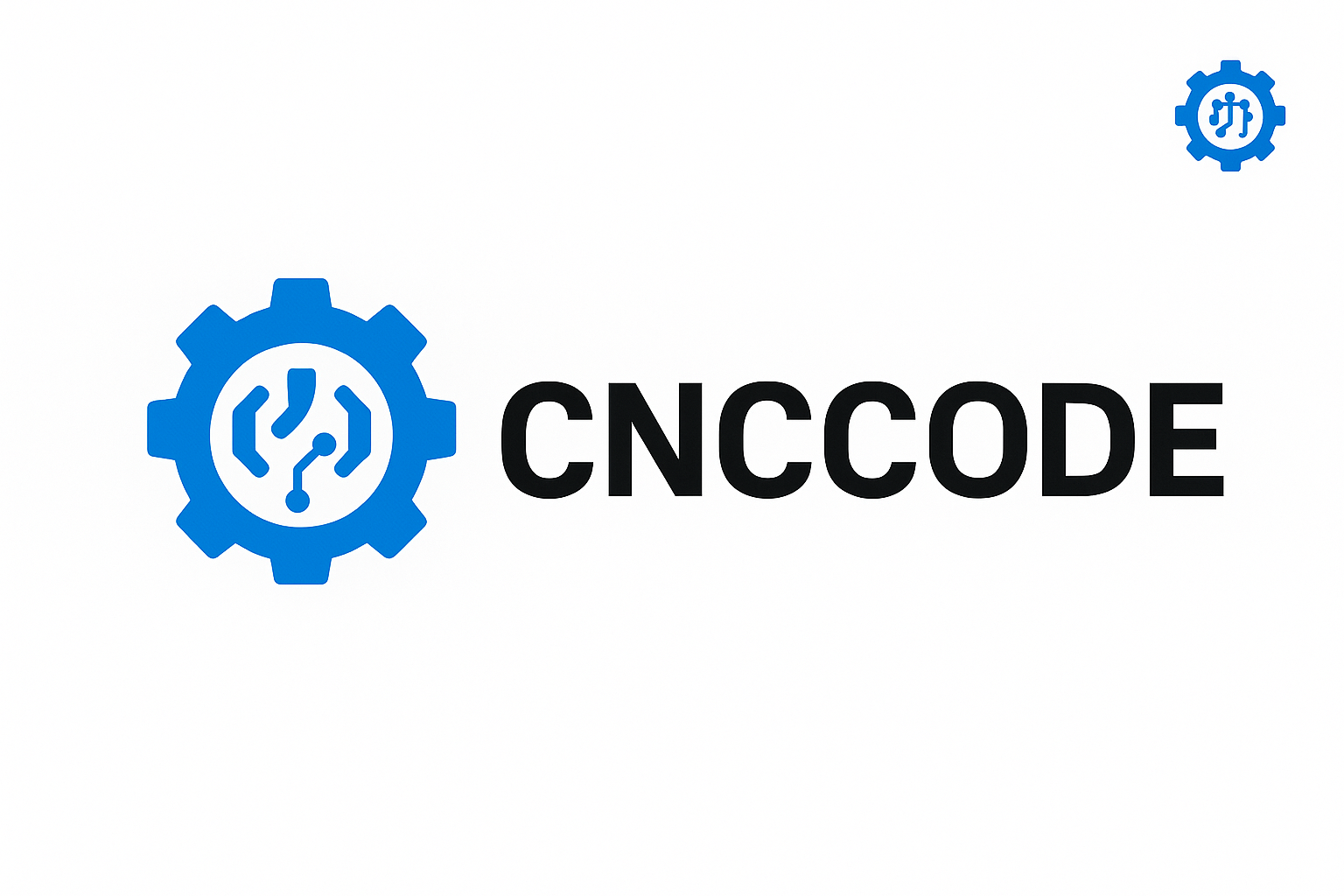CNC issues are often solvable with systematic diagnosis. Here are frequent problems and how to address them:
-
Poor surface finish or chatter: If parts come out rough or wavy, check tool condition (dull or chipped bits cause this) and clamp rigidity. Slow down the feed rate or increase spindle speed to reduce vibration. Ensure your tool hasn’t deflected – for long reach, consider multiple shallower passes. Tighten all machine bolts and ensure no play in bearings. Sometimes adding an extra support or changing the cutting strategy (e.g. climb vs conventional milling) improves finish.
-
Inaccurate dimensions or inconsistent parts: Verify that your workpiece is firmly secured without shifts. Check backlash in the lead screws (looseness can cause over-travel errors) and compensate for it in your controller or G-code. Confirm your machine’s calibration: re-hone and set zero after maintenance. Make sure feeds/speeds are correct; a tool slipping or an overloaded motor can lead to undersized parts. Also ensure you have the correct tool offsets (length and diameter) input into your controller.
-
Axis not moving or position errors: First, inspect limit switches and cables (a damaged cable or tripped switch stops motion). Listen for motor stall noises. Check the drive belt tension or gear mesh – a slipping belt can cause lost steps. In software, ensure you didn’t exceed travel limits – the controller may refuse moves if a limit was hit. If using a PC controller, verify the parallel port or USB card is properly configured and drivers installed.
-
Tool breakage or workpiece burning: Feeding too fast or using too deep a cut can snap end mills. If you break tools, reduce feed rate or step-down. For materials like acrylic or plastics, use a climb cut and maybe slower speed to avoid melting. Ensure coolant or air blast is clearing chips; recutting chips causes heat and tool wear. Check that the tool is the right type (e.g. using an end mill designed for wood on metal will fail quickly).
-
G-code errors or unexpected stops: Read the error message (if any) from your controller. Common issues include wrong units (inches vs mm) or missing commands (M codes). Step through your G-code in simulation or “dry run” mode to see where it halts. Make sure all tool change commands (T#, M6) match your tool library, and that initialization lines (like G21 for metric) are correct.
-
Power or electrical issues: If the machine randomly stops, check for overheating on the motor drivers or the PC’s power supply. Loose wiring or a tripped circuit breaker can cause sudden losses. Ensure proper grounding and separate motor power from control electronics to avoid interference.
When troubleshooting, change only one variable at a time and re-test. Keeping a log of settings and changes helps identify recurring issues. Most problems boil down to machine calibration, tooling, or CAM settings – with careful checks, you can eliminate sources of error and keep the CNC running smoothly.
